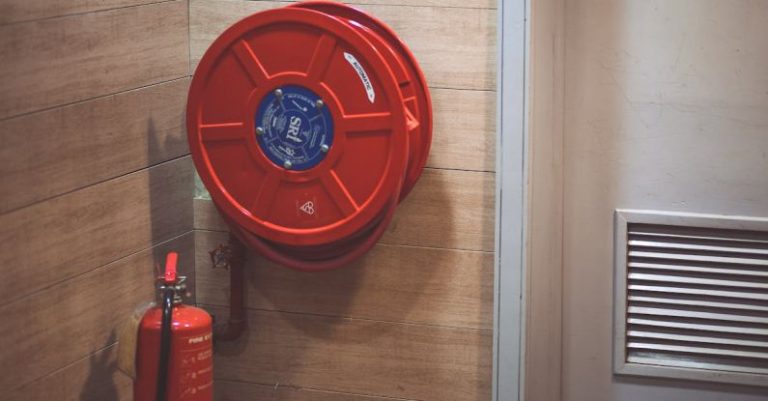Composites in Construction: Weight Reduction and Strength Increase
The use of composites in construction has revolutionized the industry, offering a winning combination of weight reduction and increased strength. Composites are materials made from two or more constituent materials with significantly different physical or chemical properties, which when combined, create a material with enhanced characteristics. This innovative approach has paved the way for more efficient and sustainable construction practices, making composites a go-to choice for architects, engineers, and builders.
The Benefits of Composites in Construction
Composites offer a myriad of benefits that make them highly desirable for construction projects. One of the most significant advantages is their exceptional strength-to-weight ratio. Traditional construction materials such as steel and concrete are heavy and can add significant weight to structures, leading to increased material and transportation costs. On the other hand, composites are inherently lightweight without compromising on strength, making them ideal for applications where weight reduction is crucial, such as in aerospace, marine, and automotive industries.
Moreover, composites are highly resistant to corrosion, weathering, and chemicals, ensuring the longevity and durability of structures built with these materials. This resistance to environmental degradation means that composites require minimal maintenance compared to traditional materials, resulting in cost savings over the lifespan of a structure. Additionally, composites offer design flexibility, allowing architects and engineers to create complex shapes and structures that would be challenging or impossible to achieve with conventional materials.
Types of Composites Used in Construction
There are several types of composites commonly used in construction, each with its unique properties and applications. Fiber-reinforced polymers (FRPs) are one of the most popular choices in the construction industry. FRPs consist of a polymer matrix reinforced with fibers such as glass, carbon, or aramid. These materials offer high strength, stiffness, and corrosion resistance, making them suitable for a wide range of structural applications, including bridge decks, reinforcement of concrete structures, and building facades.
Another common type of composite used in construction is sandwich panels. These panels consist of two thin, stiff face sheets bonded to a lightweight core material, creating a structure that is both strong and lightweight. Sandwich panels are often used in roofing, cladding, and partition walls, providing excellent thermal and acoustic insulation properties in addition to structural support.
The Future of Composites in Construction
As technology advances and the demand for sustainable building practices grows, the use of composites in construction is expected to increase significantly in the coming years. With ongoing research and development efforts focused on enhancing the performance and durability of composites, these materials are poised to become even more versatile and cost-effective.
One area of particular interest is the development of bio-based composites made from renewable resources such as plant fibers, biopolymers, and resins derived from natural sources. These bio-based composites offer a sustainable alternative to traditional materials, reducing the environmental impact of construction projects while maintaining high performance standards.
In conclusion, the use of composites in construction provides a winning combination of weight reduction and strength increase, offering numerous benefits over traditional materials. With their exceptional properties and versatility, composites are set to play a crucial role in the future of sustainable and innovative construction practices. By harnessing the full potential of composites, architects, engineers, and builders can create structures that are not only stronger and lighter but also more environmentally friendly and cost-effective.






